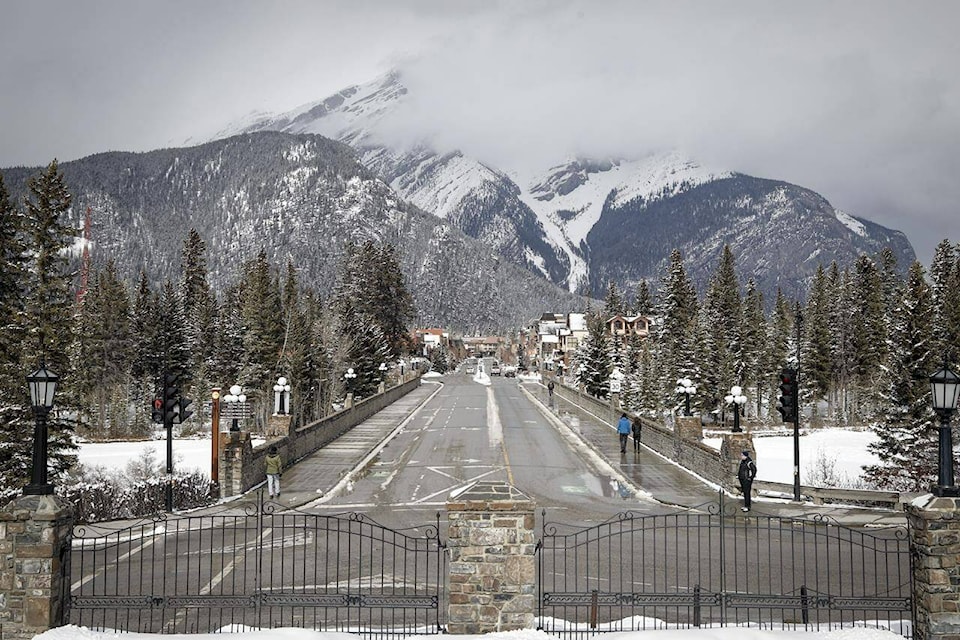A special avalanche warning is in place until Monday for wilderness areas throughout most of the Columbia Mountains in British Columbia as well as the Northern Rockies in B.C. and Alberta.
The warning, which was issued earlier this week, now includes Banff, Yoho, Kootenay and Jasper national parks.
It extends from the southern boundaries of the Purcell Wilderness Conservancy and Kokanee and Valhalla provincial parks to Williston Lake north of Pine Pass and Mackenzie, B.C.
Avalanche Canada said a cold, dry start to the winter created weak layers in the snowpack.
“The snowpack is currently in a precarious state,” Simon Horton, senior forecaster for Avalanche Canada, said Friday in a statement.
“The storm cycles that hit western Canada over the past weekend added significant snow on top of an exceptionally weak lower snowpack. This has brought the conditions to a tipping point where dangerous avalanches are likely.
“While avalanche danger ratings may start to decrease as the weather improves, there will still be a chance of triggering a large avalanche.”
Avalanche Canada said making conservative terrain choices can help backcountry skiers, snowboarders and ice climbers to manage their risk.
“Sticking to lower angle slopes and choosing smaller objectives that minimize the consequences of an avalanche are examples of how to reduce the risk,” it said in the warning.
The organization said backcountry users should always check the avalanche forecast before heading out. Each member of the group should also carry essential rescue gear, such as a transceiver, probe and shovel, and know how to use it.
